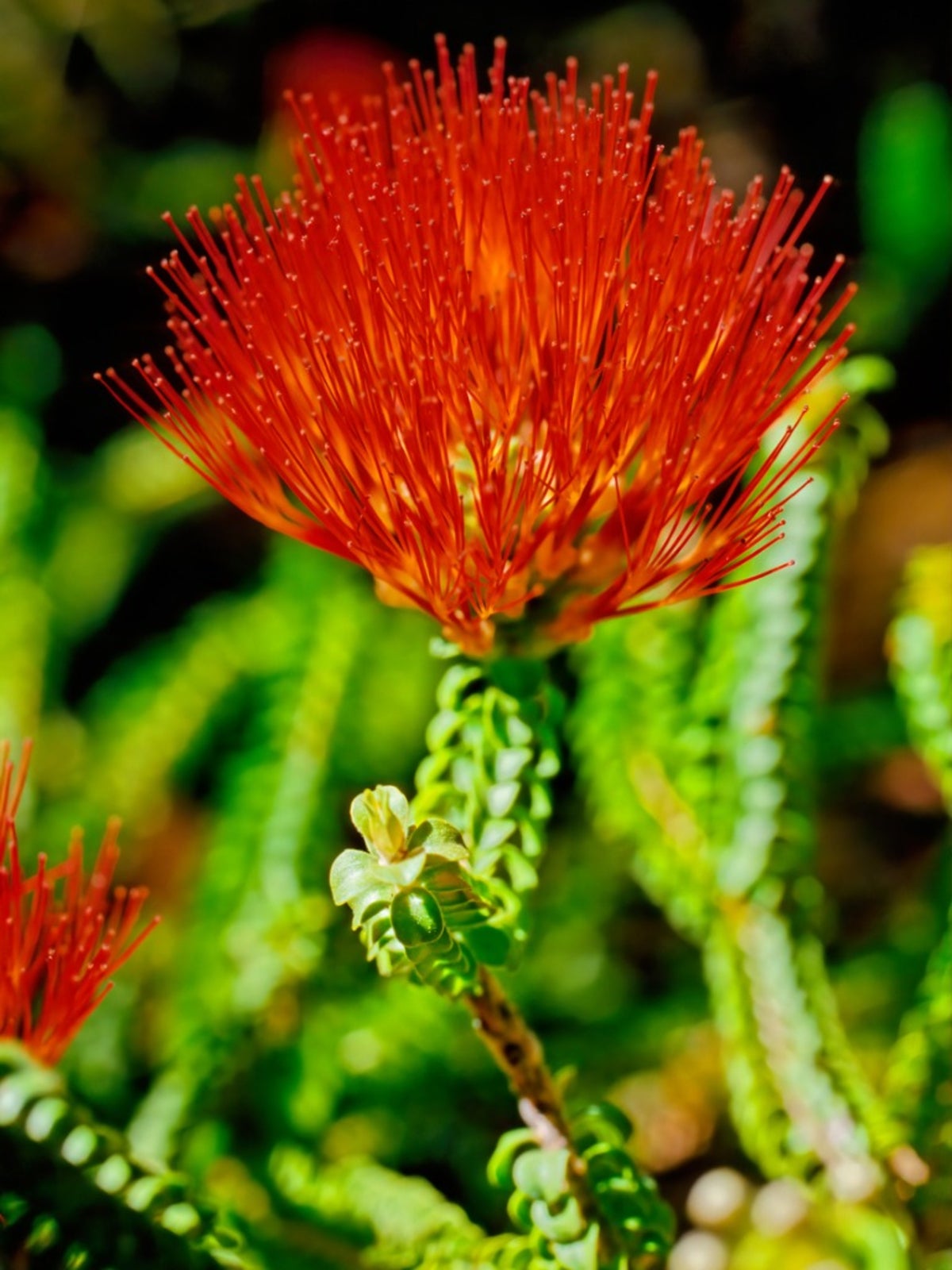Beaufortia Care: Learn About Beaufortia Growing Conditions


Beaufortia is an astounding blooming shrub with bottle brush type bright flowers and evergreen foliage. There are numerous types of Beaufortia available for curious home gardeners, each with a slightly different hued flower and habit. Where does Beaufortia grow? This plant is native to Western Australia. Gardeners in warm season climates may see Beaufortia growing in containers, borders, perennial gardens or as stand-alone sentinel species. Continue reading for more Beaufortia plant info so you can decide if this plant is right for your landscape.
Beaufortia Plant Info
On a continent populated by such wonders as koalas and kangaroos, is it any surprise that a remarkable plant such as Beaufortia would be present? There are 19 species recognized by the Australian government but many more cultivars created for home gardeners. The wild species are cultivated in limited numbers because they can be quite finicky. The cultivars are more adaptable and produce excellent plants with superior blooming results. Beaufortia is in the myrtle family. It produces a low dense shrub 3 to 10 feet (0.9 to 3 m.) tall and thickly covered in fine grayish green needle-like foliage. The flowers are a burst of red, purplish red, orange, or pink petals that are attractive to bees, butterflies and other pollinators. Flowers are 2 to 3 inches (5 to 7.5 cm.) wide and fragrant. Where does Beaufortia grow? These plants prefer limestone to granite soils in rocky regions. Several species are only found in small pockets of habitat but many are common in the Eramaean and South West Botanical provinces. It is a finicky plant in cultivation but trials of Beaufortia growing on Kunzea ambigua rootstock have proven to make a more successful specimen.
Types of Beaufortia
Two of the most commonly cultivated species are Beaufortia purpurea and Beaufortia elegans. B. purpurea has deeply purple-red flowers while B. elegans has lavender flowers thickly coating the entire plant spring through fall. Beaufortia aestiva is one of the tiniest plants in the species. This 3-foot-tall (90 cm.) stunner is also called summer flame for its brilliant red blooms. Beaufortia is often called bottlebrush due to its flower shape. Some of the more colorfully named species endemic to Australia are wooly bottlebrush, swamp bottlebrush, gravel bottlebrush and little bottlebrush.
Beaufortia Care
These Australian shrubs are perfect for slopes and rocky hillsides. In cooler climates, they must be protected from frost but make an excellent summer patio plant or specimen for the greenhouse. They are not fussy about soil as long as it is well draining. The addition of sand, pebbles or grit can increase the porosity of purchased planting soil. The plants prefer full sun but can tolerate partial shade. Best blooming will take place in plants sited in bright light. Beaufortia care for young plants recommends consistent moisture until established. Mature plants are drought tolerant. In their native habitat, Beaufortia is adapted to nutrient poor soils but they will respond well to an application of organic fertilizer once per year when the growing season commences. Try Beaufortia in your garden and enjoy an Australian treasure brought to you from continents away.
Sign up for the Gardening Know How newsletter today and receive a free copy of our e-book "How to Grow Delicious Tomatoes".

Bonnie Grant is a professional landscaper with a Certification in Urban Gardening. She has been gardening and writing for 15 years. A former professional chef, she has a passion for edible landscaping.